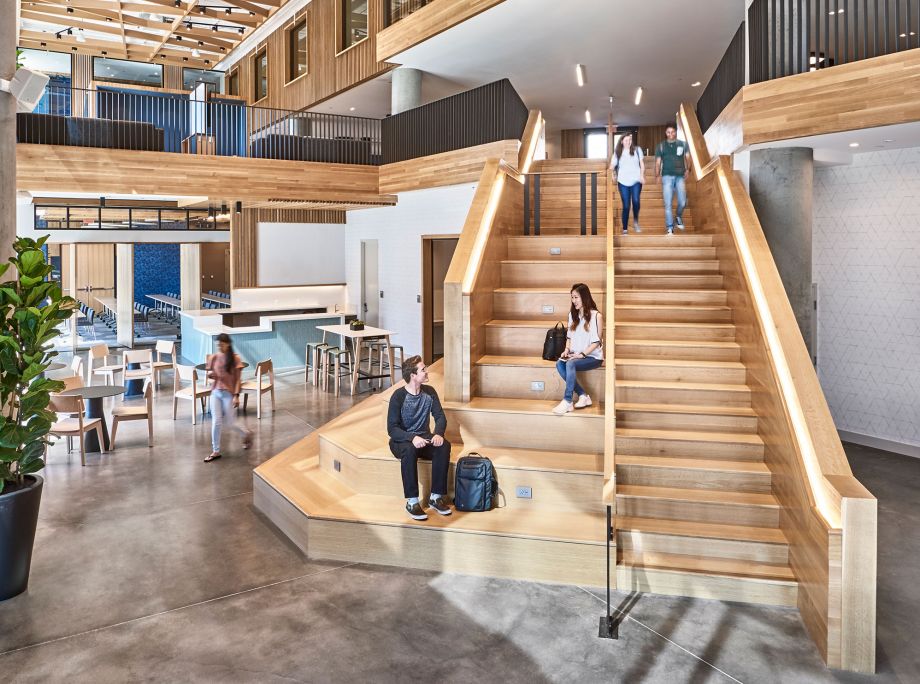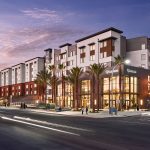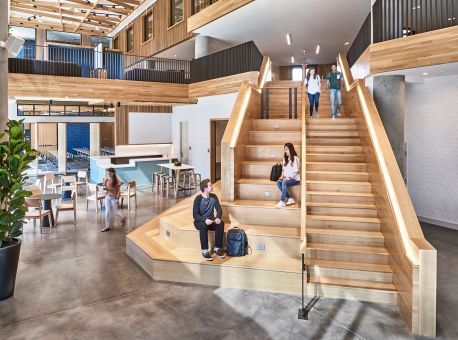Ben Kasdan – Turning Point for Sustainability
Green Home Builder
December 5, 2019
2019 was a great year for zero net energy builds, but really it was just the beginning
By BENJAMIN KASDAN, AIA, LEED AP
In a turbulent cultural landscape and a rapidly changing world, the need for sustainable design has only increased in urgency. Previously, altruistic developers or municipalities pursued high-performance buildings as a visionary display of their leadership and idealism. However, 2019 is turning the page to where sustainable strategies can no longer be solely voluntary.
Given the findings of the October 2018 UN Intergovernmental Panel on Climate Change (IPCC), inaction is no longer a viable option. The resulting special report on Global Warming of +1.5°C warns “that limiting global warming to 1.5°C would require ‘rapid and far-reaching’ transitions in land, energy, industry, buildings, transport and cities.” Jim Skea, co-chair of IPCC Working Group III, adds that “limiting warming to 1.5°C is possible within the laws of chemistry and physics but doing so would require unprecedented changes.”
Many react to the scientists’ dire findings with fear or dismay, but it’s an amazing opportunity for a united design and construction community to literally save the world! Despite the high stakes, many of the sustainability tools, strategies, and thought leadership already exist and simply need to be implemented universally. Plus, the need for immediate climate action will undoubtedly provide the catalyst for innovation; or in the words of the Roman poet, Horace: “Adversity reveals genius, prosperity conceals it.”
The biggest shift in sustainable goals now is a stronger emphasis on achieving Zero Net Energy (ZNE) and Zero Net Carbon (ZNC) buildings.
- The US Department of General Services defines a Zero Net Energy (ZNE) building as “an energy-efficient building where… the actual annual consumed energy is less than or equal to the on-site renewable generated energy.”
- Architecture 2030 defines a Zero Net Carbon (ZNC) building as “a highly efficient building that produces on-site, or procures, enough carbon-free renewable energy to meet building operations energy consumption annually.”
In California, 2020 will bring the next phase of the “California Energy Efficiency Strategic Plan” in which all new residential construction will be ZNE as a requirement. All new commercial construction — which includes most multifamily buildings — will be ZNE by 2030. In preparation for this requirement, many state agencies preemptively started constructing ZNE buildings, including the University of California system.
At KTGY Architecture + Planning, we had the privilege of designing one such ZNE building at the University of California, Irvine (UCI), called Plaza Verde. Plaza Verde is a 1,441-bed student housing community that has been called “the greenest housing facility in the entire University of California system” by UCI Provost and Executive Vice Chancellor, Enrique Lavernia. ZNE at Plaza Verde is powered by an on-site photovoltaic system, but the first step was to design as efficient of a building as possible through a myriad of different moves to reduce the energy demand from the start.
When the California Public Utilities Commission established the ZNE goals in 2007, it seemed ambitious; but the recent data suggests that we may not have until 2030 to curb the irreparable effects of climate change. So, limiting the embodied carbon in the buildings will make the most immediate impact. The sustainable construction industry already has a head start in ZNC, as well. Advancements in mass timber construction, in particular, will likely play a significant role in decarbonization. As more examples of mass timber buildings demonstrate a safe and viable alternative to steel and concrete construction, the cost and code-related concerns will be alleviated.
As with all change, many will resist at first and will likely use cost-benefit analysis as justification. Bill Leddy, FAIA, of Leddy Maytum Stacy Architects in San Francisco, provides the business case for ZNC architecture, citing the ability for the market to adapt to other previously new requirements, predicted cost reductions due to technical advancements, innovative financing options, and potential job creation opportunities. Ultimately, it is our responsibility as global citizens — and as design and construction professionals — to use our talents and skills to protect and preserve the planet through our thoughtful design and construction decisions. Together we can reverse climate change, but we have to do so now, before it is too late.
Benjamin Kasdan, AIA, LEED AP is an associate principal with KTGY Architecture + Planning, a leader in sustainable design. He can be reached at bkasdan@ktgy.com.



